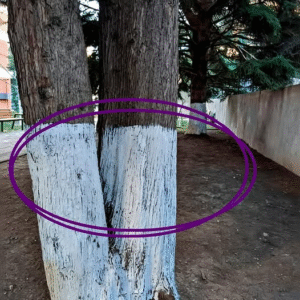A Chilly Night and a Curious Surprise
One frigid winter evening, I bundled up and settled into a friend’s warm living room. Outside, snow fell gently, creating a peaceful winter scene. As we sipped hot cocoa and chatted, I noticed something odd—a window in the corner stood slightly open.
The Open Window: Not an Accident
Given the freezing temperatures, the open window caught me off guard. I assumed it was a mistake. But when I asked, my friend explained it was intentional. They often left it cracked open—even on the coldest nights. That surprised me, and I couldn’t help but dig deeper.
Is This Actually a Thing?
At first glance, it seems odd to let cold air into a cozy home. But as it turns out, many people do just that. Some even swear by the practice. What felt unusual to me is actually fairly common.
Why Leave a Window Open in Winter?
Several reasons explain this habit:
-
Better air circulation. Fresh air helps prevent stale, stuffy rooms.
-
Humidity control. A slight draft can balance moisture and reduce mold risk.
-
Personal comfort. Some people find crisp winter air refreshing and calming.
Fresh Air and Your Health
Letting in fresh air can actually improve your health. It reduces indoor pollutants, which tend to build up in sealed homes. Cleaner air can ease allergy symptoms, improve breathing, and even boost mental clarity. For many, the benefits outweigh the chill.
Downsides to Consider
Of course, this practice isn’t risk-free. Leaving a window open can:
-
Increase heating costs
-
Create drafts and discomfort
-
Introduce allergens or pollutants, especially in urban areas
It’s important to weigh these risks against the benefits.
Cultural and Regional Differences
Beliefs about fresh air vary around the world. In some cultures, people prioritize ventilation year-round. Others focus on warmth and energy savings. Climate also plays a role—milder winters make this habit more practical in some places than others.
What Do Experts Say?
Indoor air quality experts support regular ventilation—even in winter. They recommend allowing fresh air in to reduce harmful particles. Still, they advise finding balance. Alternatives like heat recovery ventilators or air purifiers can help when cracking a window isn’t ideal.
It Comes Down to Preference
Ultimately, this decision is personal. Some people enjoy the brisk air and accept the chill. Others prefer to seal their homes tight against the cold. There’s no one-size-fits-all answer—only what works best for you.
Final Thoughts: Finding Balance
Leaving a window slightly open on a winter night may seem strange at first. But for many, it’s a simple way to breathe easier, feel refreshed, and improve indoor air. Just be sure to balance comfort with energy efficiency. With a little thought, you can enjoy the best of both worlds—fresh air and a warm home.





